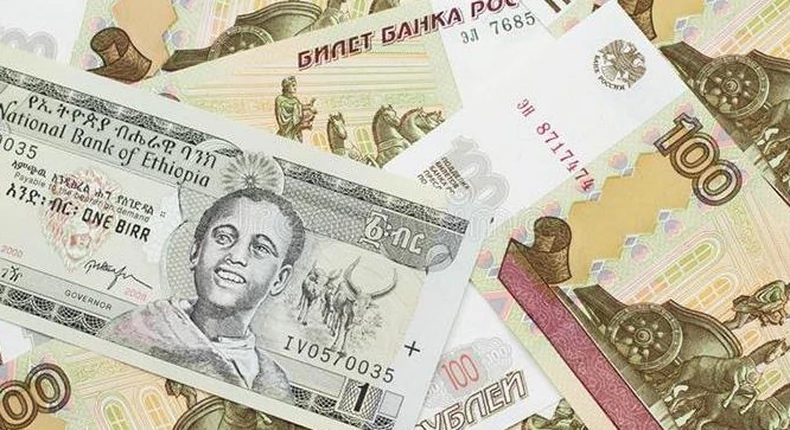

The struggle for economic supremacy between Kenya and Ethiopia has largely been a competition for foreign investment in industrial and agricultural sectors, with South Africa and Ethiopia having an edge in attracting foreign capital.
Even as Ethiopia extends its lead, the International Monetary Fund (IMF) predicts that Kenya's GDP will grow larger than Angola's this year.
According to the IMF's most recent World Economic Outlook, Angola's gross domestic product (GDP) would decline throughout the time, allowing Kenya to pass it and move up to fourth place behind Ethiopia thanks to its anticipated 5.3% economic growth.
Ethiopia, however, is now anticipated to surpass both Angola and Kenya to become the third biggest economy in sub-Saharan Africa, although the IMF had previously predicted that it would surpass Kenya to become Eastern Africa's largest economy in its October 2022 forecast.
Ethiopia's advantage over Kenya grew when the IMF increased its prior estimate of the country's GDP in 2023 from $126 billion to $156.1 billion. Absent superpowers like Morocco and Egypt, 46 of the 54 nations on the continent are found in sub-Saharan Africa.
With a GDP of $506.6 billion in current prices, Nigeria continues to have the largest economy in the area, followed by South Africa ($399 billion) and Ethiopia ($156.1 billion).
The IMF had estimated Kenya's GDP to reach around Ksh15.7 trillion ($1117.6 billion) in size in October of last year, but this has subsequently been revised slightly upward to Ksh15.8 trillion ($118.1 billion) in the April 2023 projection.
Between Kenya and Ethiopia, the struggle for economic supremacy in Eastern Africa has mostly been a struggle to draw in foreign investment, particularly in the industrial and agricultural sectors.
For instance, both nations significantly produce flowers, coffee, and tea. Additionally, they are eager to strengthen their value addition by reviving their garment and textile industries.
In order to reduce the rising rate of young unemployment in Africa, it is essential to attract foreign direct investment (FDI). So far, South Africa and Ethiopia have done better than Kenya in luring foreign capital interested in a populace with higher disposable income.
The third place won't be held by Kenya for very long, according to the IMF, as Angola is predicted to reclaim it next year until Nairobi overtakes it once more in 2027.
Prior to Ethiopia, Angola was predicted to have a GDP of $135 billion this year by the IMF, placing it as the third-largest economy. However, the global lender has not updated its projections for 2022, which stated that the West African country had surpassed Nairobi to become the third-largest economy in the area.
Angola surpassed Kenya last year as a result of a recovery in GDP brought driven by increased oil prices, according to IMF predictions released in October 2022.
|